Drano is a popular household cleaner that is often used to unclog drains. But can you use it in an RV? This is a common question that we get here at our office. In this blog post, we will answer all of your questions about using Drano in an RV! We’ll cover everything from what Drano is made of to how to properly use it in your RV. So, whether you are considering using Drano in your RV or are just curious about it, this blog post has you covered!
Table of Contents
About Drano (and Why It Might Damage Your RV Plumbing)
But can you use it in an RV?
Drano is made of sodium hydroxide and aluminum shavings. Sodium hydroxide is also known as lye. It’s a caustic substance that can eat through organic matter, including hair, grease, and soap scum.
Aluminum shavings are abrasive. They work by scraping away the material that’s clogging your drain.
Drano is corrosive. That means it can eat away at the pipes in your RV plumbing system. If you use Drano in your RV, there’s a good chance you’ll damage your plumbing. And once your plumbing is damaged, it can be very expensive to repair. [1]
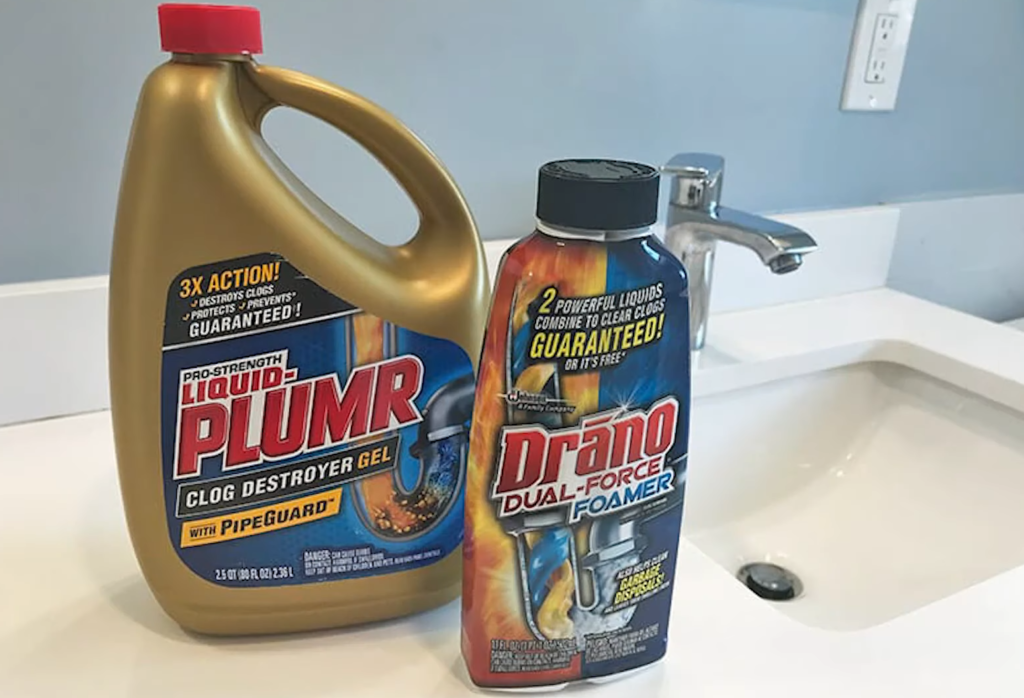
The Consequences of Using Drano in Your RV
If you use Drano in your RV, you could end up with some serious damage to your plumbing.
Drano is made of harsh chemicals that can corrode your pipes and cause leaks. If the leak is bad enough, you could end up with water damage in your RV.
In addition to causing damage to your plumbing, using Drano in your RV can also be dangerous for you and your family. The fumes from Drano are toxic and can cause respiratory problems.
If you use Drano in your RV and something goes wrong, you could be facing some expensive repairs. It’s best to avoid using Drano in your RV altogether. [2]
How to Safely Remove a Clog in Your RV
If you have a clog in your RV, there are some safe and effective ways to remove it without using Drano.
One way to remove a clog is to use a plunger. Plungers work by creating suction that breaks up the clog and allows it to be flushed away.
Another way to remove a clog is to use an auger. An auger is a tool that consists of a long, flexible cable that can be inserted into the drain and used to break up the clog.
If you’re dealing with a particularly stubborn clog, you may need to use a combination of these methods.
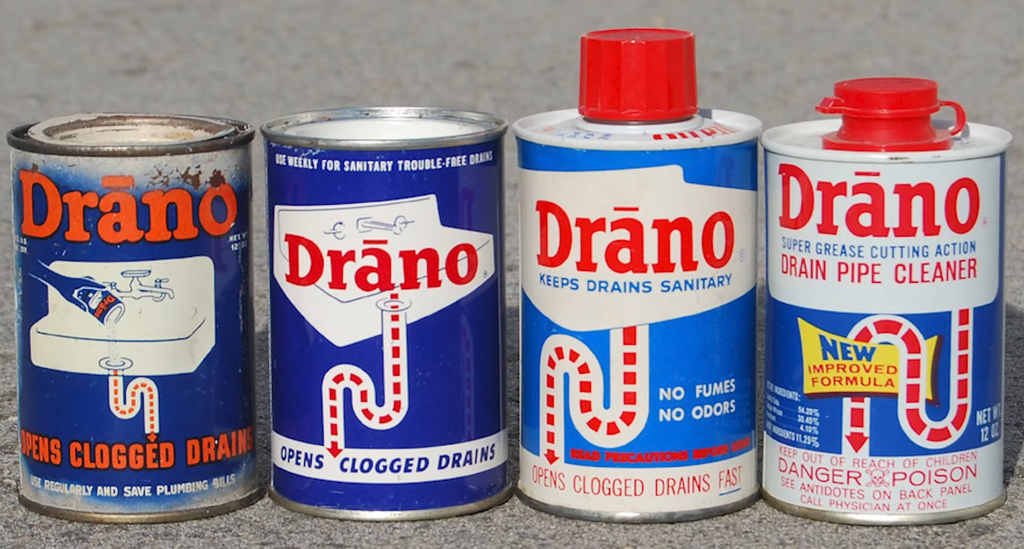
Use Boiling Water
If you’re dealing with a grease clog, one of the best ways to remove it is by using boiling water.
Pour boiling water down your drain and let it sit for a couple of minutes. After a few minutes, run boiling water down the drain. The boiling water will melt the grease and allow the clog to be flushed away.
Try an Enzyme Based Drain Cleaner
If you’re looking for a safe and effective way to clean your RV’s drains, try an enzyme based drain cleaner. Enzyme based cleaners are made of natural ingredients that break down organic matter and help prevent clogs from forming.
You can find enzyme based cleaners at most hardware stores or online. Follow the instructions on the bottle to safely and effectively clean your drains.
Enzyme based cleaners are a great alternative to harsh chemicals like Drano. They’re non-toxic and won’t harm your RV’s plumbing. [3]
Mix Baking Soda And Vinegar
If you’re dealing with a clog, try mixing baking soda and vinegar. The combination of these two ingredients will create a chemical reaction that can help break up the clog.
To use this method, mix equal parts baking soda and vinegar in a bowl. Pour the mixture down the drain and let it sit for an hour. After an hour, flush the drain with hot water.
This method is safe for your plumbing and won’t cause any damage to your RV.
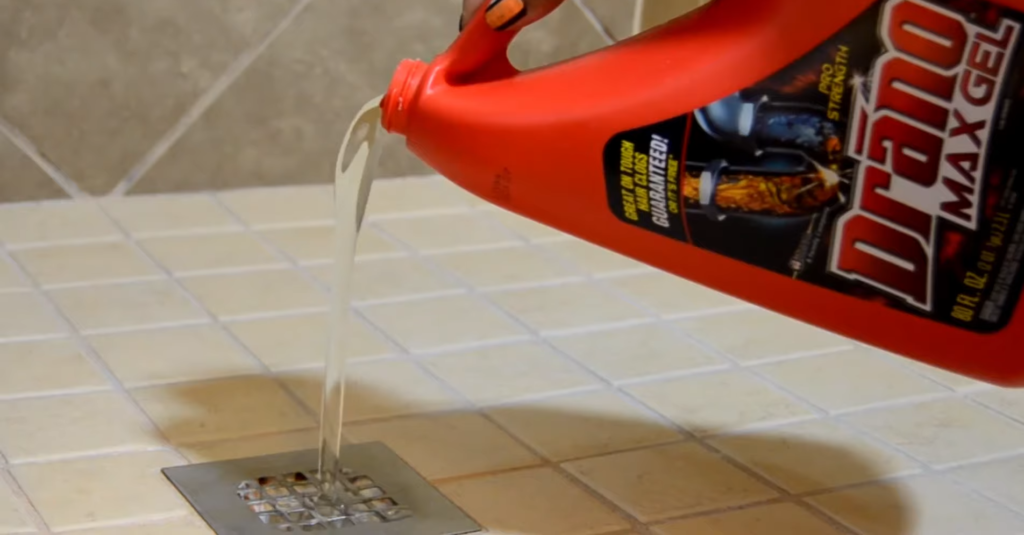
Is It Ever Okay to Use Drano in Your RV Drains?
While it may be tempting to reach for the Drano when your RV drains are running slowly, you should think twice before using this harsh chemical in your rig. In most cases, there are better (and safer) ways to clear clogged RV drains. However, there are a few instances where Drano might be the best option. Let’s take a closer look at when you can and can’t use Drano in your RV drain lines.
First things first: what is Drano? Drano is a brand name for a line of drain cleaners that contain sodium hydroxide (lye) and aluminum shavings. When these ingredients are mixed with water, they create a caustic solution that can dissolve hair, grease, and other common clog-causing debris.
Drano is effective at clearing clogged drains, but it comes with some serious risks. Because Drano contains lye, it can cause burns on contact. If ingested, Drano can also cause vomiting, abdominal pain, and difficulty swallowing. In severe cases, Drano poisoning can lead to coma or death.
For these reasons, you should always take caution when using Drano in your RV drains. If possible, try using a plunger or an enzyme-based drain cleaner first. If these methods don’t work, then you can consider using a small amount of Drano to clear the clog.
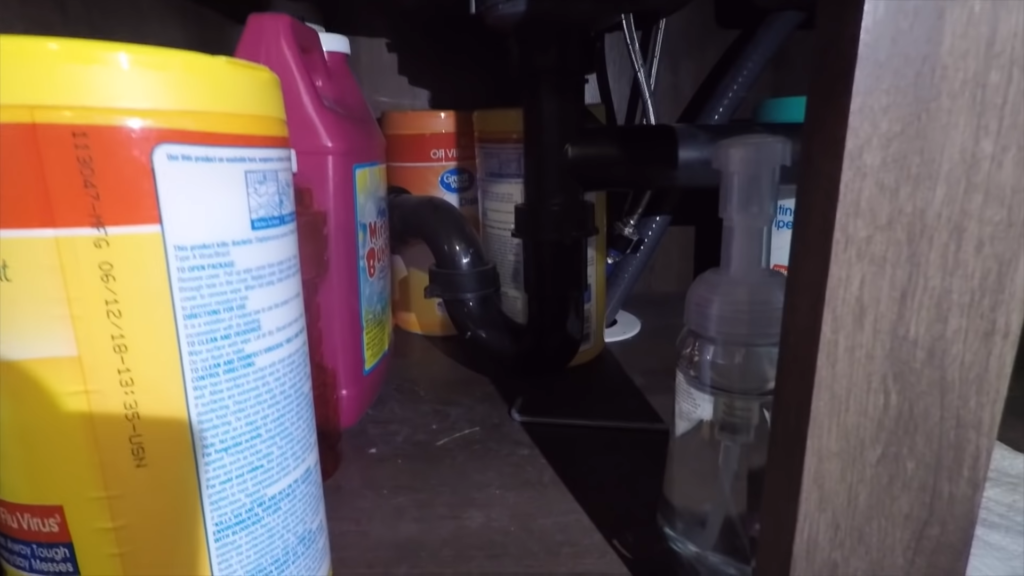
Preventing a Clog in Your RV Plumbing
Of course, the best way to deal with a clogged RV drain is to prevent one from happening in the first place. Luckily, there are a few simple steps you can take to keep your drains flowing freely.
To start, make sure you’re only putting biodegradable materials down your drains. This includes things like food scraps, coffee grounds, and paper products. Non-biodegradable materials like plastic wrap, cigarette butts, and feminine hygiene products should always go in the trash.
You should also run hot water down your drains regularly to help break up any grease or soap buildup that could lead to a clog. For an extra level of protection, you can pour ½ cup of baking soda down your drains once a month and follow it with a gallon of hot water.
By following these tips, you can help keep your RV drains clear and clog-free. And if you do end up with a clog, you can use the information in this article to safely and effectively clear it. [4]
How to avoid an unpleasant smell from the toilet in a motorhome?
The problem that can arise with odor is more related to gravity flush toilets, cassette or portable toilets. This is because the waste tank is directly below the toilet.
To avoid an unpleasant smell from the toilet, you should use special products, which we will talk about a little later. It is very important to regularly clean and wash the toilet block and the toilet itself. In our motorhome, after each use and before long-term storage, you should wash the cassette itself with bleach or some other disinfectant, which helps to eliminate possible unpleasant odors.
Another fairly obvious thing, although sometimes forgotten about, is the gate valve. Always keep it closed after use.
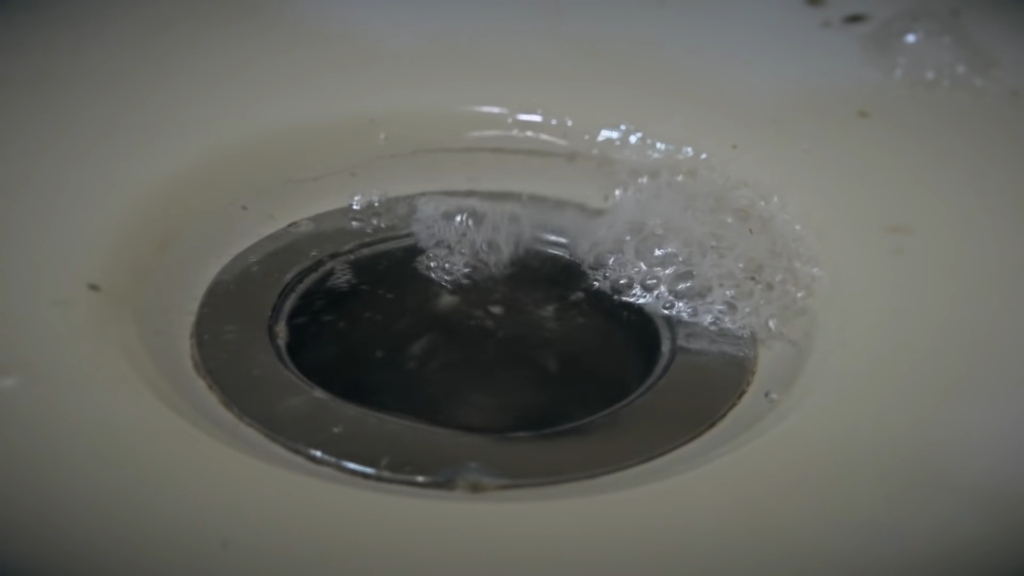
When you’re not using your motorhome, it’s a good idea to pull out the cassette unit or the portable toilet itself to keep the area well ventilated. Using these small recommendations, your toilet will not exude an unpleasant smell, but will only add to the comfort of your travels!
Portable toilet chemicals
For cassette or small portable toilets, it is imperative to use special chemical products that turn solid masses and toilet paper into a virtual liquid.
There are three types of products: liquids, tablets and sachets. The principle of operation is the same with each product. Among them are products with flavors and more environmentally friendly bio-similars. Flavored products cope better with unpleasant odors, but bio-similars are less harmful to the environment.
It’s up to you to decide what is more comfortable to take in a motorhome – liquid, sachets or tablets. As for brands, the most popular are:
- Thetford Kem Blue is a blue liquid that decomposes waste to a great extent and eliminates unpleasant odors.
- Thetford Aqua Rinse is a pink fragrance liquid that is worth adding to the drain tank for a pleasant scent.
- Thetford Aqua Kem Green is a more sustainable “green” product for portable and cassette toilets.
- Dometic Powercare Tabs (Greencare Tabs) – toilet tablets: blue or green. [5]
FAQ
Can you use Drano in an RV gray tank?
No, you should never put Drano in your RV gray tank. The chemicals in Drano can corrode your sewage system and cause extensive damage. If your RV gray tank is clogged, try using a plunger or an enzyme-based cleaner first.
Is Drano safe for RV black tank?
Drano is safe for your RV black tank, as long as you follow the product directions. Drano will not harm your septic system or leach field. However, we do not recommend pouring Drano into your gray water tank. If Drano enters your gray water tank, it can damage your pipes and fixtures. To clear a blockage in your gray water tank, try using a plunger or an auger.
Is Drano dangerous for septic tanks?
Drano is not dangerous for septic tanks. However, we do not recommend using Drano in your gray water tank. Drano can damage your pipes and fixtures if it gets into your gray water tank.If you have a blockage in your gray water tank, try employing a plunger or an auger to remove it.
What are some alternatives to Drano?
If you’re looking for an alternative to Drano, try a plunger or an auger. These tools are less likely to damage your pipes and fixtures. You can also try using a natural drain cleaner, like baking soda and vinegar. Simply pour one cup of baking soda down the drain, followed by one cup of vinegar. Cover the drain with a rag and let the mixture sit for 30 minutes. Then, flush the drain with hot water. [6]
Can I use Drano in my RV shower?
Drano is safe for your RV shower provided you follow the directions on the package. It won’t damage your septic system or leach field, but we advise against using it in your gray water tank as it can affect your pipes and fixtures. If you have a clog in your gray water tank, try utilizing a plunger or an auger to clear it instead.
Drano is safe for unclogging RV drains, but you should be cautious about coming into touch with metal pipes since it can cause corrosion. If there are young children or pets in the house, avoid utilizing Drano because the vapors might be harmful. If you use Drano in your RV, make sure to ventilate the space properly and wash your hands thoroughly afterward. [7]
Can you leave the drain cleaner overnight?
You should not leave the drain cleaner overnight. The chemicals in drain cleaners can be corrosive, so they should only be used for a short period of time. If you have a clog that doesn’t seem to be going away, we recommend calling a professional to help you clear it. Additionally, some drain cleaners can be harmful if they come into contact with skin, so it’s important to wash your hands thoroughly after using them. [8]
Does sulfuric acid damage pipes?
Sulfuric acid can damage pipes, so it’s important to be careful when using it.If your clog persists, we recommend calling a professional plumber. Moreover, some drain cleaners can be incredibly harmful to skin, so remember to wash your hands after use!
What can I use for an RV toilet?
If you’re looking for an RV toilet cleaner, we recommend using a natural cleaner like baking soda and vinegar. To unclog your drain, start by mixing one cup baking soda with one cup vinegar. Let the mixture sit for 30 minutes before flushing it away with hot water. You can also use a plunger or an auger if needed.
What happens if liquid plumber doesn’t work?
If liquid plumber doesn’t work, we recommend trying a plunger or an auger. These tools are less likely to damage your pipes and fixtures. You can also try using a natural drain cleaner, like baking soda and vinegar. Simply pour one cup of baking soda down the drain, followed by one cup of vinegar. Cover the drain with a rag and let the mixture sit for 30 minutes. Then, flush the drain with hot water.
Useful Video: Drano Max Gel Clog Remover REVIEW
Conclusion
So, can you use Drano in an RV? The answer is yes and no. You should never pour undiluted Drano directly down the drain in your RV. However, if you mix it with water according to the instructions on the bottle, it will be safe to use. Just make sure to rinse the area thoroughly afterward so there is no residue left behind that could damage your plumbing system or septic tank. Thanks for reading our guide on using Drano in RVs!
References
- https://www.doityourselfrv.com/can-i-use-drano-in-my-rv-toilet/
- https://drivinvibin.com/2022/02/15/drano/
- https://www.mic.com/p/the-5-best-enzyme-drain-cleaners-22978587
- https://uniquecampingmarine.com/blogs/rv-toilet-clogs-series/preventing-clogs-in-your-rv-holding-tank
- https://www.bestcampingtoilet.com/portable-toilet-chemicals/
- https://goodbeeplumbinganddrains.com/best-drano-alternatives/
- https://togorv.com/rv-living/rv-mishap-clogged-shower-drain/
- https://www.liquidplumr.com/faq

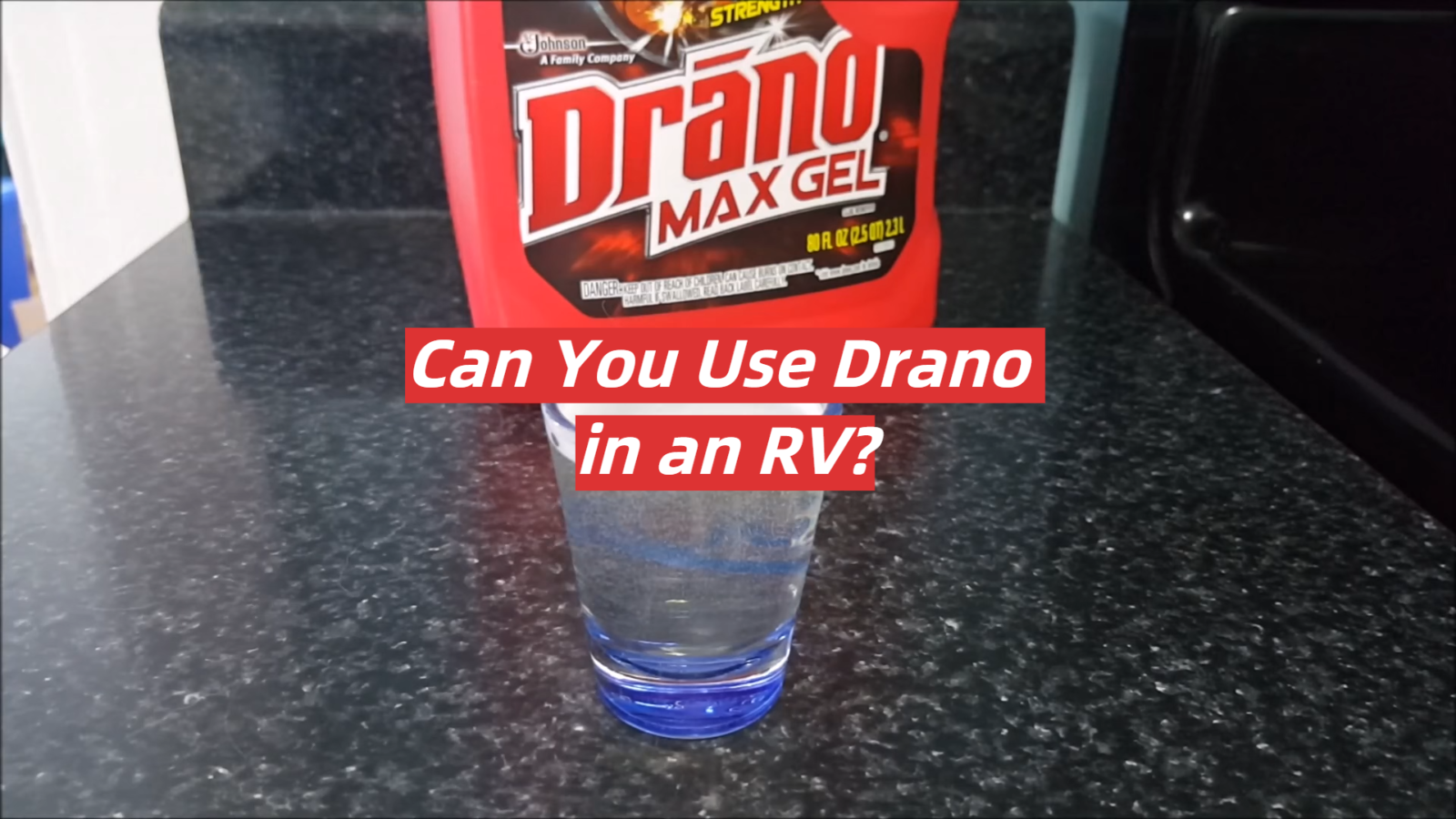



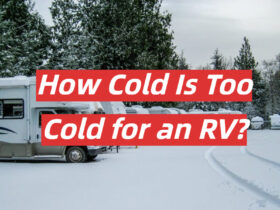
Leave a Reply